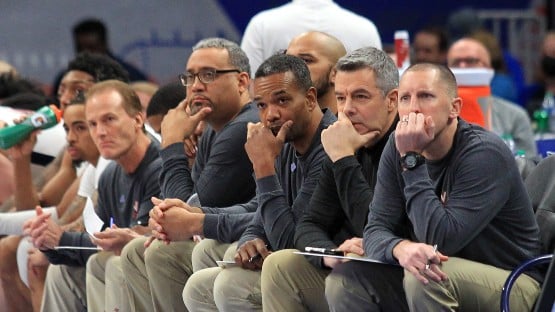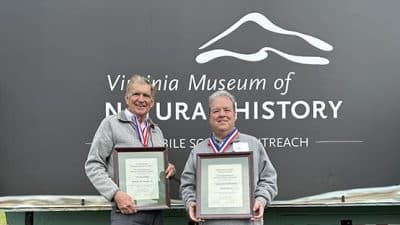
In 1972, the same year Title IX was passed, the Boston Marathon finally allowed women to run.
It couldn’t have come at a better time. Before Title IX, the prevailing idea was that girls were not interested in sports. They were too frail by nature, would not be attractive for marriage and might be rendered infertile by the exertion. Top female competitors who were thought to be “too good to be girls” had to submit to testing for male chromosomes.
Subsequently, American girls in high school athletics were a tiny minority; for every girl playing sports, there were 12 boys right in front of her. Only about 31,000 women were involved in college sports. Spending on athletic scholarships for women was less than $100,000.
Thanks in large part to Title IX, the sports world looks much different today.
Female frailty is no longer an issue. The 2010 Amateur Athletic Union Sullivan Award, given to the nation’s top amateur athlete, went to Amy Palmiero-Winters, 34, the mother of two and an amputee. In 2011, a woman gave birth the evening after walking and running a marathon..
At this summer’s Olympic Games, there are 23 athletic events for women, compared with 24 for men. It’s estimated that men and women will be competing in equal numbers. Women won nearly half the American medals in the 2008 games.
Given opportunity for 40 years, girls are now 41 percent of high school athletes. In 2008, female athletes in college were getting 46 percent of about $1 billion in athletic scholarships.
As with sports in 1972, the prevailing idea with science, technology, engineering and mathematics (STEM) has been that girls are not interested, don’t have the innate ability (brains, in this case) and would be unattractive for marriage.
Yet research has shown that the lack of inclusion of women in STEM is a result of cultural attitudes: the way we teach those subjects, the way we counsel girls about careers, and unequal treatment, among other factors. Internationally, research shows a strong link between implicit stereotypes about females in science and math in a particular country and gender differences in scores on tests. The American Association of University
Women (AAUW) explains many of these dynamics in Why So Few? Women in Science, Technology, Engineering and Mathematics, a 2010 research report.
Title IX has helped widen STEM opportunities for women, and in the past 40 years it‘s become clear that women have equal interest and ability in STEM and professional careers. Gender gaps in math and science scores have nearly closed. Departments of physics, computer science and engineering, among others, found that they could increase enrollments and graduation rates. In some countries, almost 40 percent of engineering students are female.
Just as many women rejected being steered toward “gentle exercise,” many women are interested in challenging careers and leadership. They are graduating from medical and law school at nearly equal numbers as men, and got 40 percent of Ph.D.s in STEM in 2006.
Some fields, however, have seen only modest gains. The proportion of women earning bachelor’s degrees in math, physics, engineering and computer science has plateaued, and in some cases even declined during the past 10 years. This can only hurt our country’s ability to innovate and compete on a national level.
We were wrong about girls’ lack of interest in physical fitness and we are wrong about girls’ lack of interest in STEM. America needs women on the Supreme Court, in Congress, in corporations and government agencies, in STEM professions, and in the Olympics.
If we want to win medals and compete internationally on all fronts, we need to get more girls into both sports and science courses.
Educators and parents can find more information in AAUW’s report, Where the Girls Are: The Facts about Gender Equity in Education (2008), and Title IX: Working to Ensure Gender Equity in Education, a brand new report issued by the National Coalition for Women and Girls in Education.
Ruta Sevo is a consultant and member of American Association of University Women. She lives in Fairfax.










